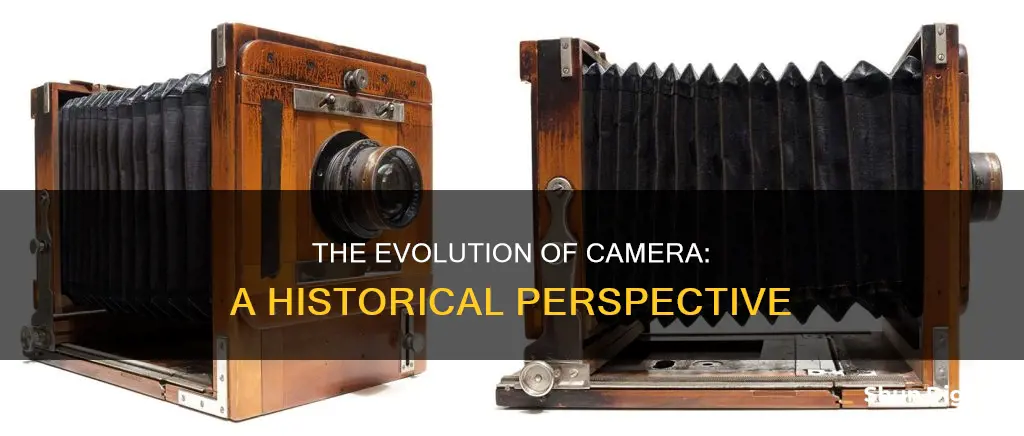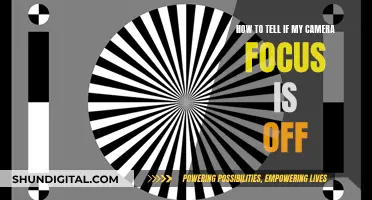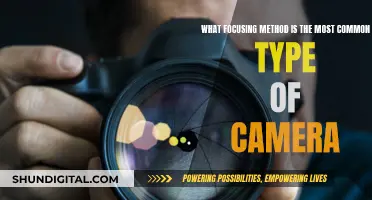
The history of the camera is a long and fascinating one, spanning centuries and civilisations. The first camera, or at least the first recorded explanation of the principle behind it, is attributed to the Han Chinese philosopher Mozi, who lived from c.470 to c.391 BC. This ancient device, known as a camera obscura, meaning dark room in Latin, was essentially a small, dark room with a pinhole in one of the walls, projecting an inverted image of the outside scene onto the opposite wall.
Over a thousand years later, in the 11th century, the Arab physicist Ibn al-Haytham (also known as Alhazen) made significant contributions to the understanding of the camera obscura and is often credited with the invention of the pinhole camera. He conducted experiments with light in a darkened room with a small opening and provided the first correct analysis and geometrical description of the camera obscura phenomenon.
Jumping ahead to the 19th century, the first camera to produce a permanent photograph was invented by French inventor Joseph Nicéphore Niépce in 1816 or 1826/1827. Niépce modified the camera obscura, using a variety of plates coated with light-sensitive substances to capture an image. The oldest surviving photograph, a view from his window, was created using a pewter plate coated with bitumen and took 8 hours of exposure time.
The first commercially successful camera was invented by Louis Daguerre, who partnered with Niépce in 1829 to refine the process and make it market-ready. After Niépce's death in 1833, Daguerre continued their work and created the daguerreotype camera, which produced incredibly detailed images on polished sheets of silver-plated copper. This camera was an instant commercial success and Daguerre became wealthy and world-famous.
The first camera available to consumers was the Kodak No. 1, invented by George Eastman in 1889. This large brown box with a winding key and a lens cost $25 (over $600 in today's money) and came pre-loaded with 100 shots. Consumers would take their photos and then send the camera back to Kodak to be developed and reloaded, at a cost of around $10.
The first digital camera was invented in 1975 by Steven Sasson, an engineer at Eastman Kodak. Sasson's prototype camera weighed 8 pounds and captured black-and-white images at a resolution of 0.01 megapixels, with each image taking 23 seconds to create.
| Characteristics | Values |
|---|---|
| Date of Invention | 1816 |
| Inventor | French inventor Nicephore Niepce |
| Image Type | Negative of the image (dark where it should be light) |
| Image Permanence | Images were not permanent |
| Image Medium | Paper coated with silver chloride |
| Image Resolution | Blurred |
| Image Preservation | Using "Bitumen of Judea" |
| Image Process | Heliography |
What You'll Learn

The pinhole camera
Around 1,300 years later, in the 10th century, Arab physicist and mathematician Alhazen (Ibn al-Haytham) revived the pinhole camera and documented its design and properties in his publication, "Book of Optics". He is often credited with the invention of the pinhole camera. In the early 1600s, Johannes Kepler added a lens to the device, and Robert Boyle and his assistant Robert Hooke further refined the concept and made the camera portable in the mid-1650s.
The first photograph taken with a pinhole camera was by Scottish scientist Sir David Brewster in 1850. The technique became more established in photography during the late 19th century, noted for the soft outlines it produced, as opposed to the sharp images of lens photography. However, the pinhole camera was later abandoned until the end of the 1960s when artists began using it again in their experiments.
RAW Capture: Red One Camera's Superpower
You may want to see also

The camera obscura
In the 11th century, Arab physicist Ibn al-Haytham (known in the West as Alhazen) conducted experiments with light in a darkened room with a small opening, providing the first correct analysis of the camera obscura. He is often credited with the invention of the pinhole camera and was the first to understand the relationship between the focal point and the pinhole.
In the 17th century, the camera obscura was used as a drawing aid, with lenses being used in the openings of walls or closed window shutters in dark rooms to project images. By the late 17th century, portable camera obscura devices in tents and boxes had come into use as drawing tools.
In 1604, the term 'camera obscura' was first used by German mathematician, astronomer, and astrologer Johannes Kepler. He developed the first portable camera obscura in the form of a tent, with a sheet of paper inside onto which the image could be projected.
In the 18th and 19th centuries, the camera obscura continued to be used as a drawing and painting aid, with artists such as Leonardo da Vinci, Samuel van Hoogstraten, and Canaletto and Bernardo Bellotto (according to some art historians) using it to create perspective views of landscapes and cities.
By the time of Niépce in the 19th century, portable box camera obscurae suitable for photography were widely available.
Aslain's Free Camera Mod: Unleashing Dynamic Perspectives
You may want to see also

The first photographic camera
Over a thousand years later, in the 11th century, Arab physicist Ibn al-Haytham (also known as Alhazen) made significant contributions to the understanding of the camera obscura. He conducted experiments with light in a darkened room with a small opening and provided the first correct analysis and geometrical description of the phenomenon. He also pioneered early afterimage experiments and was the first to understand the relationship between the focal point and the pinhole.
In the 18th and 19th centuries, before the development of the photography camera, it was known that certain substances, such as silver salts, darkened when exposed to sunlight. In 1727, German scientist Johann Heinrich Schulze demonstrated that this darkening was due solely to light and not influenced by heat or exposure to air. This was further supported by Swedish chemist Carl Wilhelm Scheele in 1777, who showed that silver chloride was particularly sensitive to light exposure and that once darkened, it became insoluble in an ammonia solution.
Building on these discoveries, Niépce experimented with creating photographic images using various substances, including paper, varnish-coated vellum, and metal plates coated with silver chloride or lined with paper. He referred to these experiments as "heliography" or "sun writing". In 1826 or 1827, Niépce successfully modified the camera obscura to produce a permanent photograph, becoming the inventor of the first camera to produce an actual photo. The oldest surviving photograph, taken by Niépce around 1826, is currently exhibited at the University of Texas at Austin.
While Niépce's camera produced a permanent image, the image lacked clarity and detail. He formed a partnership with Louis-Jacques-Mandé Daguerre in 1829, and together they worked to refine the process and make it commercially successful. Unfortunately, Niépce died in 1833, before witnessing the enormous success of Daguerre's modified design.
Daguerre created a camera that produced incredibly detailed images on a polished sheet of silver-plated copper sensitized with iodine vapour. He placed the plate in the camera's back and exposed it to light for a few minutes. He then developed the image using mercury fumes and fixed it with sodium thiosulphate, making it permanent. Daguerre's camera and process became an instant commercial success and were widely adopted worldwide.
Square Mode Photography: Capturing Unique Moments with a Twist
You may want to see also

The first commercially successful camera
The daguerreotype camera was based on the same fundamental concept as the camera obscura—a box that let in light through a small hole. However, instead of simply producing light, the daguerreotype camera could produce incredibly detailed images on a polished sheet of silver-plated copper sensitized with vaporized iodine. The plate was placed in the back of the camera and then exposed to light for a few minutes. Daguerre then developed the image using mercury fumes and "fixed" it or made it permanent with sodium thiosulphate.
Daguerre's camera technology had a flaw where the pictures vanished quickly. This was corrected by American inventor Alexander S. Wolcott, who invented the mirror camera. Instead of a negative image with reversed colours, this camera created a positive impression.
Daguerre became wealthy and world-famous, even after his death in 1851. Many daguerreotypes can still be found in family archives, museums, and libraries.
Charging the Go Fish Camera: A Quick Guide
You may want to see also

The first digital camera
Sasson and his team had to invent a special screen to view the images. The camera was never produced commercially, and Kodak continued to focus on photographic film.
Charging Your Spy Pen Camera: A Quick Guide
You may want to see also
Frequently asked questions
Camera obscura, meaning "dark room" or "dark chamber" in Latin, was the first camera ever created. It was a relatively small dark room with light entering only through a small hole, which projected an inverted image of the outside scene onto the wall.
Although it is unclear who first invented the camera obscura, the oldest written records of this idea are by Han Chinese scholar Mozi (c. 470 to c. 391 BC). The Egyptian Abu Ali Al-Hasan Ibn al-Haitham (965–1039 AD) also made significant contributions to the understanding of the camera obscura and is often credited with the invention of the pinhole camera.
The pinhole camera consisted of a dark room (later a box) with a small hole in one of the walls. Light entered through the hole and projected a luminous beam onto the opposite wall, creating a smaller inverted picture of the scene outside the room. The smaller the hole, the sharper the image, but a very small hole would make the image too dark.







